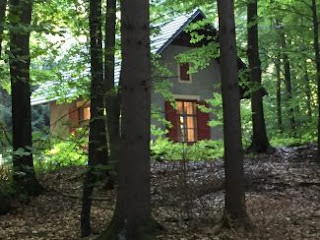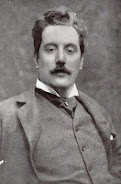In August 1777, 21-year-old Wolfgang Amadeus Mozart resigned from his modest position at the Salzburg court. On September 23, accompanied by his mother Anna Maria, he ventured to seek employment at the courts of Augsburg, Mannheim, Paris, and Munich.
In Mannheim, he fell in love with the singing student Aloysia Weber, one of the four daughters of a well-known music-loving family. Still, as far as employment was concerned, notwithstanding his enchantment with the city's famous orchestra, nothing happened at all.
On March 14, 1778, mother and son left Mannheim for Paris, where the boy Mozart had dazzled the court of Versailles 15 years earlier. This time everything would be different.
Going cold and hungry
This time, Mozart, in his twenties, dazzles no one. This time, Parisians do not queue up to see him. A small room in a modest neighborhood was the lodging of mother and son. It was cold, and money was scarce. Job offers were also scarce. In a letter to his father, he says in passing that he has been offered the possibility of taking the organist position in Versailles. But Wolfgang is not at all interested in that kind of work, although he is in debt, and according to some scholars, he must have gone to pawnshops to get some money.
 |
| Anna Maria Pertl (1720 - 1778) |
Mom's death
In mid-June, Anna Maria became seriously ill. Mozart got some medical assistance, but apparently belatedly, due to the precarious financial situation. Anna Maria died on July 3. She was 57 years old, a simple housewife who had given everything for her son's future.
Mozart left Paris in September. He spent a few days in Mannheim and Munich, where he again met Aloysia, now a successful touring singer, who to Wolfgang's misfortune had lost all interest in him.
The young master finally arrived in Salzburg on January 15, 1779, where his father Leopold was waiting for him to take up the position of court organist, which Leopold had arranged in his absence.
Piano Sonata in A minor, K 310
While in Paris, Mozart composed relatively little. Among the most recognized works are Symphony No. 31, called "Paris," and the piano Sonata No. 8, in A minor. According to scholars, the sonata is among the best of the young Mozart.
It is the first of only two sonatas composed in a minor key (in C minor, K 457 is the other, from 1784).
Unlike what the master had composed up to that time, the spirit of the sonata is somewhat stormy. We do not know if it was composed after, or before, the death of Anna Maria, but listening to it leaves the impression that Mozart had accumulated a quota of drama at the time of writing it.
Movements:
00:00 Allegro maestoso
06:11 Andante cantabile con espressione
15:47 Presto
The performance is by the young Polish pianist Rafal Blechacz.

































